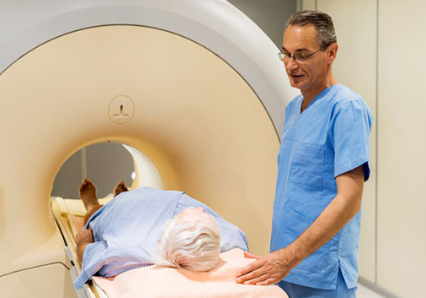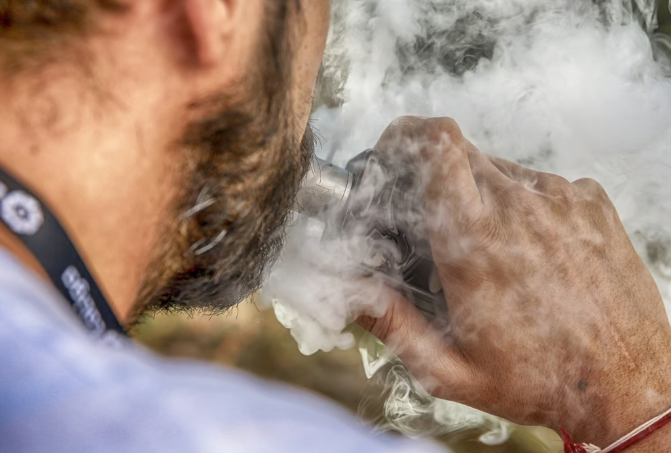Understanding the Difference Between CPR and AED
When it comes to saving lives during emergencies, having the knowledge and skills to administer first aid can make all the difference. First aid courses are designed to equip individuals with the necessary skills to handle various emergency situations. Two critical techniques covered in an advanced first aid course are CPR (Cardiopulmonary Resuscitation) and AED (Automated External Defibrillator). While both CPR and AED are aimed at saving lives during cardiac emergencies, they serve different purposes and are applied in distinct ways. In this article, we will delve into the difference between CPR and AED and understand how they complement each other.
CPR: The Life-Saving Chest Compressions
Cardiopulmonary Resuscitation, commonly known as CPR, is an essential life-saving technique used in emergencies where an individual’s heart has stopped beating, or they are not breathing. CPR is a combination of chest compressions and rescue breaths, aiming to circulate oxygen-rich blood throughout the body. The goal of CPR is to sustain blood flow to vital organs until advanced medical help arrives.
CPR can be performed by anyone who has received proper training, such as through emergency response training in training facilities like Calgary CPR. By placing the heel of your hand on the centre of the person’s chest, you deliver compressions at a rate of around 100 to 120 compressions per minute. The depth of the compressions should be at least two inches, and it is crucial to let the chest fully recoil between compressions.
AED: The Life-Saving Electric Shock
Automated External Defibrillators, or AEDs, are portable electronic equipment designed to deliver an electric shock to a person experiencing a sudden cardiac arrest. Unlike CPR, which aims to circulate blood manually, an AED is used to restore the heart’s normal rhythm by delivering controlled electrical shocks.
AEDs are equipped with sensors, and voice prompts that guide the user through the process. Once the AED pads are placed on the person’s chest, the device analyzes the heart rhythm and determines whether a shock is needed. If a shock is needed, the AED will prompt the user to stand clear and then deliver the shock. It is important to note that AEDs will only administer a shock if it is necessary; they will not deliver a shock if the person has a normal heart rhythm.
The Synergy between CPR and AED:
While CPR and AED serve different purposes, they are highly complementary in saving lives during cardiac emergencies. CPR helps maintain blood flow to the vital organs until the heart can be restored to its normal rhythm using an AED. The immediate initiation of CPR, even before the arrival of an AED, is crucial to give the person the best chance of survival. The AED then takes over by analyzing the heart rhythm and delivering a shock if required. This combination of CPR and AED greatly improves the chances of successful resuscitation.
In an advanced first aid course, participants learn both CPR and AED techniques to enhance their life-saving skills during cardiac emergencies. CPR involves performing chest compressions and rescue breaths to manually circulate oxygen-rich blood throughout the body. On the other hand, AEDs are portable devices that deliver controlled electric shocks to restore the heart’s normal rhythm. CPR and AED provide a powerful synergy, increasing the chances of saving a life. Whether you encounter a sudden cardiac arrest in a public place, at work, or at home, having the knowledge and confidence to perform CPR and use an AED can make a significant difference. Don’t hesitate to enrol in an emergency response training program today and become equipped with the knowledge and skills needed to make a life-saving difference.






